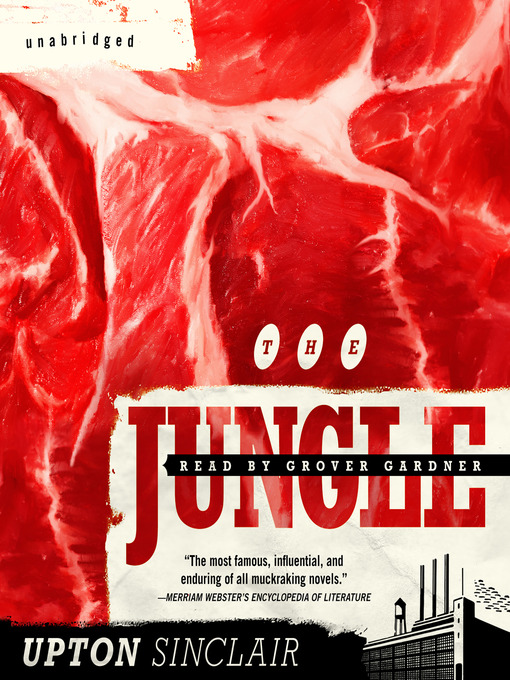Here is the dramatic expos├® of the Chicago meatpacking industry at the turn of the century that prompted the investigation by Theodore Roosevelt which culminated in the pure-food legislation of 1906.
The Jungle is the story of Jurgis Rudkus, a Slavic immigrant who marries frail Ona Lukoszaite and seeks security and happiness as a workman in the Chicago stockyards. Once there, he is abused by foremen; his meager savings are filched by real estate sharks; and at every turn he is plagued by the misfortunes arising from poverty, poor working conditions, and disease. Finally, in accordance with Sinclair's own creed, Rudkus turns to socialism as a way out.


